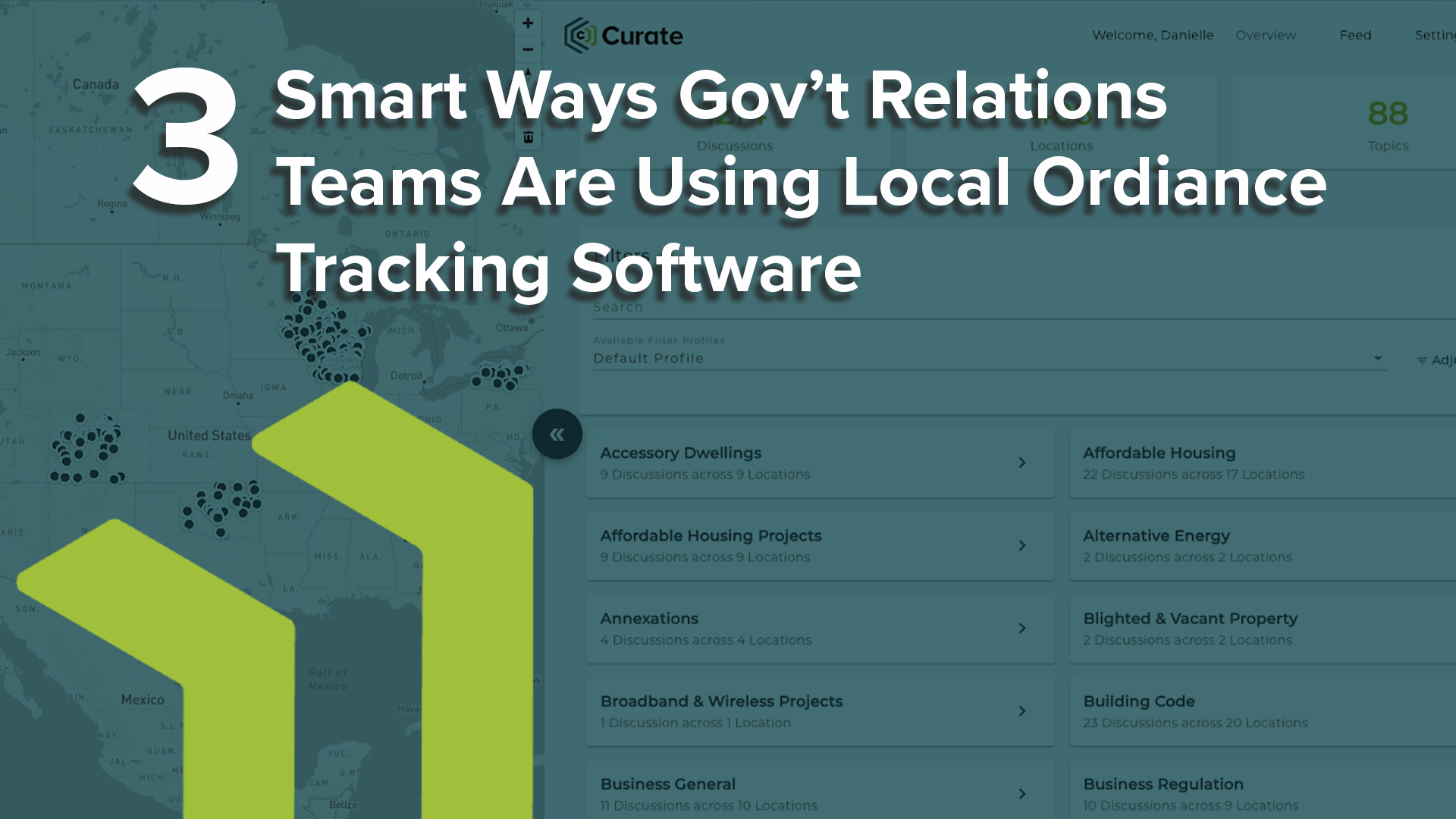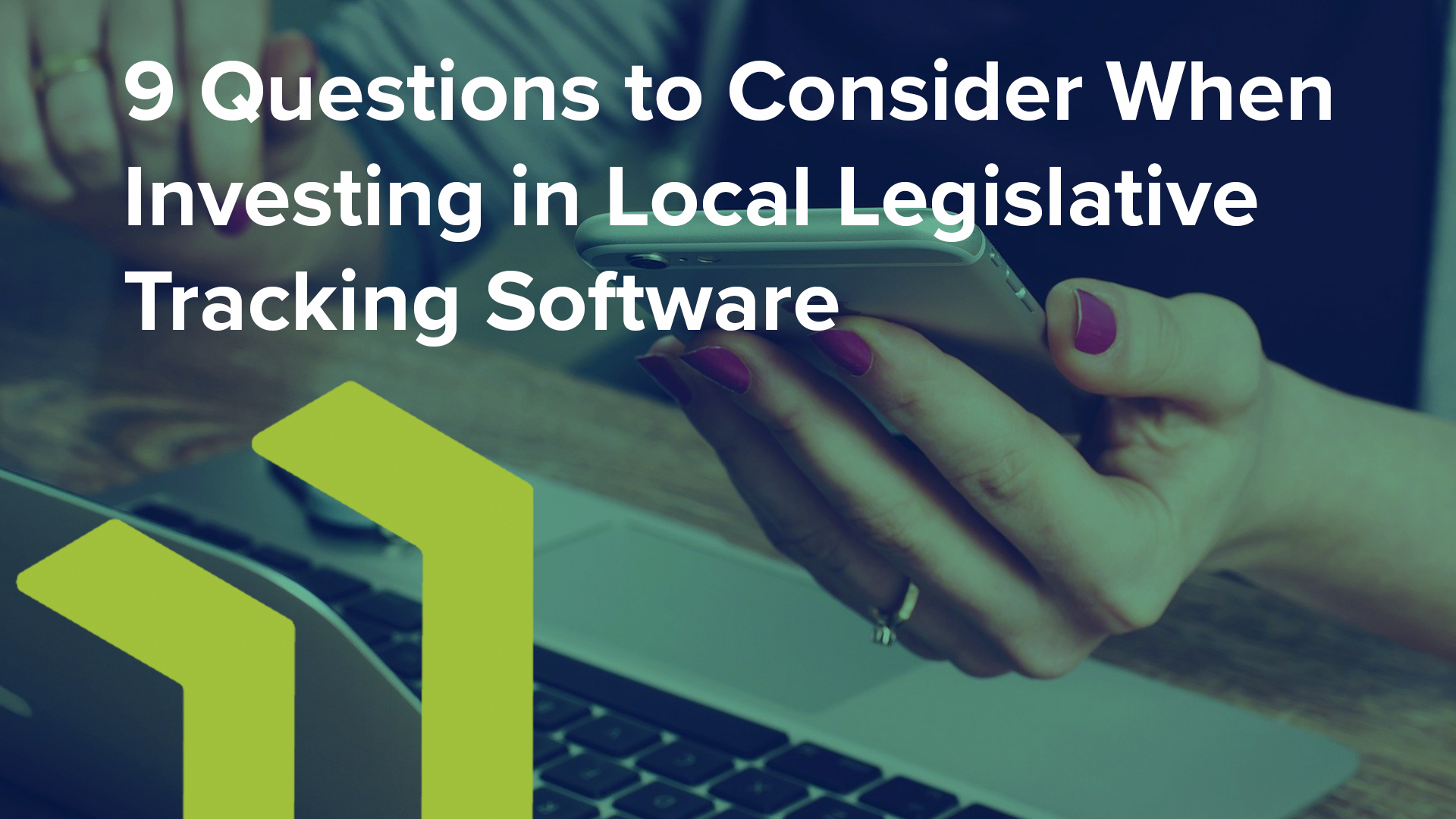The Coronavirus State and Local Fiscal Recovery Funds Opportunity in Local Government
The Coronavirus State and Local Fiscal Recovery Funds, part of the American Rescue Plan Act, will deliver $130.2 billion in federal funding to local governments around the U.S.
Counties will receive $65.1 billion
Metropolitan cities will receive $45.6 billion
Non-Entitlement Units of Local Government (towns with populations less than 50,000) will receive $19.5 billion
In some cases, the funding each county will receive will equal a year’s worth of sales tax revenue from a normal year.
State and local governments have cut more than 1 million jobs since the beginning of the crisis in response to the severe loss of revenue from the pandemic-induced economic downturn.
With this infusion of cash, the federal government hopes to prevent a prolonged period of fiscal austerity at the local government level, which can slow economic recovery.
Understand the Funding and Allocation Methodology
Coronavirus State and Local Fiscal Recovery Funds Fact Sheet
Local Allocations in the American Rescue Plan Act
Uses of Funding
Support public health expenditures, by funding COVID-19 mitigation efforts, medical expenses, behavioral healthcare, and certain public health and safety staff;
Address negative economic impacts caused by the public health emergency, including economic harms to workers, households, small businesses, impacted industries, and the public sector;
Replace lost public sector revenue, using this funding to provide government services to the extent of the reduction in revenue experienced due to the pandemic;
Provide premium pay for essential workers, offering additional support to those who have borne and will bear the greatest health risks because of their service in critical infrastructure sectors; and,
Invest in water, sewer, and broadband infrastructure, making necessary investments to improve access to clean drinking water, support vital wastewater and stormwater infrastructure, and to expand access to broadband internet
See How Local Governments are Responding
Resources to Effectively Track Policies & Topics in Local Government
If you’re not monitoring local government, you’re missing actionable insights that will inform your organization’s strategic and tactical business decisions. Learn how to gather and leverage civic intelligence.
Read about the three ways high-performing public affairs and government relations teams are using local ordinance tracking software to position their organizations for success.
Download your copy of the comprehensive guide to Local Government Monitoring for how to be connected, informed, and confident you can mitigate risk and seize opportunities in local government.
Savvy government relations teams are realizing that word of mouth is no longer a reliable source for local government intel and are turning to software tracking solutions to never miss an issue.
One of the most overlooked sources of business intelligence is local government discussions. Learn about mining this resource and see examples of how to best use this information.
Mitigate risks in local government by proactively addressing issues before they’re finalized. Watch this video to see how you can stay ahead of local government with Curate.
Make Your Voice Heard to Influence Local Funding Priorities
Local governments have wide latitude when it comes to using CSLFRF funds. Many kinds of distributions and investments could fall under the umbrella of responding to acute pandemic response needs, filling revenue shortfalls, and supporting the communities and populations hardest hit by the COVID-19 crisis.
Many organizations see the funding as an opportunity for local governments to not just restore the same systems and jobs that were lost, but to build back differently.
We expect to see a few of the following topics trending in local discussions over the next year:
Using CSLFRF funds to close racial income and wealth gaps
Building better digital infrastructure and investing in digital literacy
Addressing local risks from climate change
Revamping workforce development in response to future needs
Expanding public transportation infrastructure
Looking at the discussions that are already happening in small communities around the state reveals a trend: many local officials are unsure what to do with the cash, and are seeking input from their constituents through public hearings, special working groups, and online portals.
Some communities are considering hiring consultants to help them distribute the funds.
“City Manager Elyse Casselberry reported that staff has been identifying projects that ARPA funds could be potentially used for. One of the areas of funding that staff is exploring is for broadband expansion. Granting entities for broadband are going to require that the City have a plan. To help develop a plan for broadband expansion, it would be advisable to engage a consultant.”
- Delta City, CO | July 6, 2021
The smallest communities may join forces with neighboring communities to offset the administrative burden of distributing the funds.
“Chairman Shea stated he would like to get all the Counties together to discuss ARPA. Mr. Cronin stated the County is not currently staffed to handle a $137M program. Mr. Cronin stated a Tri-County dialog would be beneficial.”
- Norfolk County, MA | June 23, 2021











